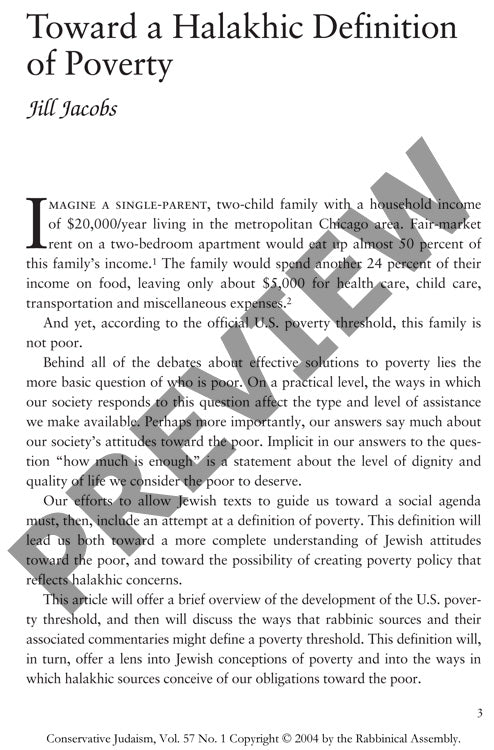Toward a Halakhic Definition of Poverty
Couldn't load pickup availability
How should society define poverty? While U.S. federal policy relies on rigid food-cost multipliers that ignore regional variations, Jewish religious law (halakha) offers a surprisingly nuanced framework developed over two millennia. Through comparative textual analysis of U.S. poverty metrics—from Mollie Orshansky's 1963-1964 calculations to present critiques—and rabbinic sources including the Mishnah, Talmud, and their commentaries, distinct approaches to measuring economic need emerge. The halakhic system demonstrates particular sophistication by differentiating between emergency aid (tamhui and kupah) and sustained support, excluding essential possessions from wealth calculations, and adapting definitions to local conditions. Rabbinic authorities prioritize economic security and human dignity over fixed monetary thresholds, with later commentators like the Tur and Joseph Caro emphasizing that poverty definitions must reflect regional costs, inflation, and individual circumstances. This analysis reveals that halakhic approaches support developing multi-faceted poverty matrices that account for housing costs, regional variations, and individual needs—more closely aligned with contemporary "self-sufficiency" standards typically ranging two to four times above current federal guidelines.

More Information
-
Physical Description
-
Publication Information
Published 2004
ISBN
-
Publication Credits
Jill Jacobs

